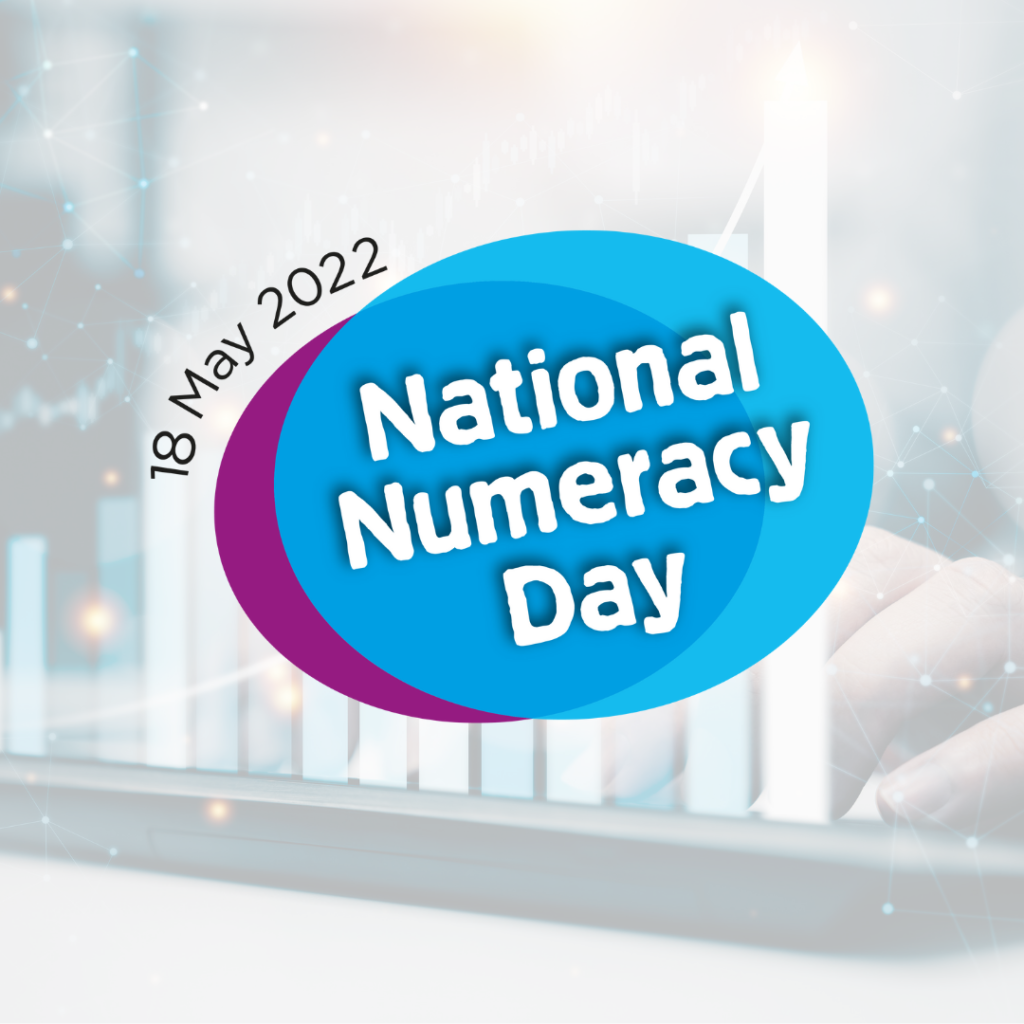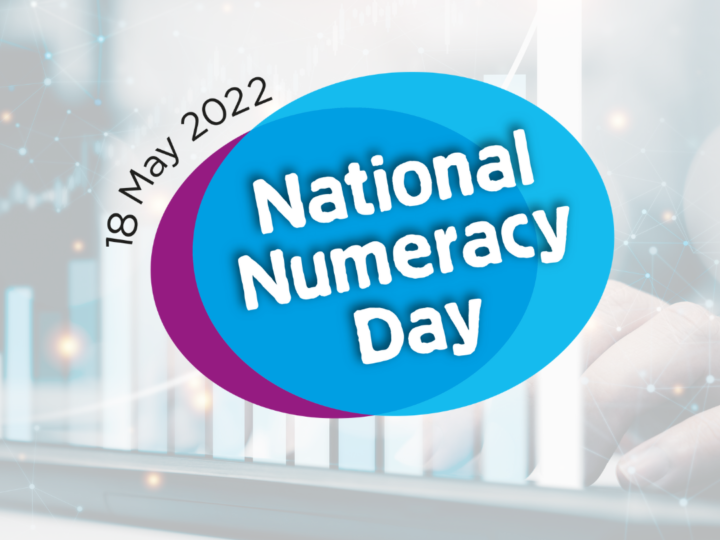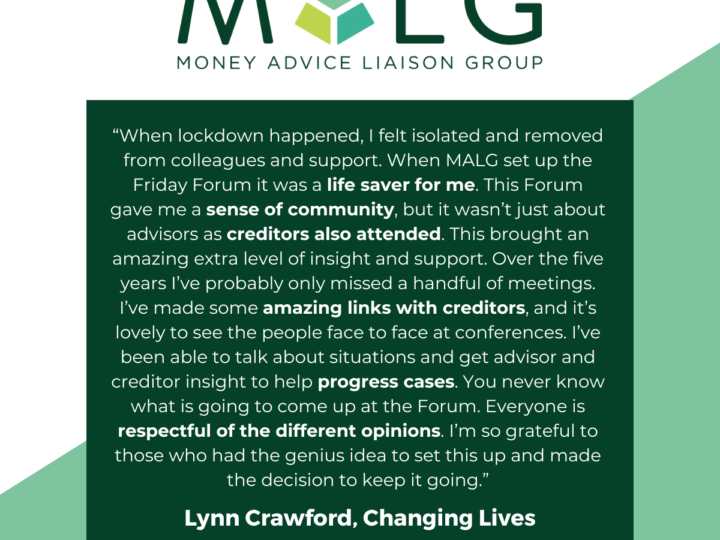
As communication specialists, we’re all about insight-based, outcomes-driven, people-centred, content-led marketing strategies and campaigns. We often say that writing skills are heavily under-valued in strategic marketing comms and emphasise the importance of high quality, well-written copy to build reputation and influence, and engage audiences through storytelling. However, when it comes to measuring the impact of what we do, numeracy is just as important as literacy.
Making sure that the content we create achieves tangible outcomes is essential to the success of a marketing strategy, and that means we have to delve into the data. Anyone can pull off an analytics report to show website traffic or post impressions on social media, but it’s pretty useless if you don’t pair it with the insight behind the numbers. Interpreting percentage increases and decreases gives us a valuable understanding into what content performs the best, which campaigns were successful and what audiences are most receptive to, thus ensuring our clients remain thought leaders in their sectors.
When I joined Engage Comms eight years ago, digital communication was seen by many as a ‘nice to have’ tag-on that ticked a box when you sent a tweet (regardless of substance!), but we always said that it had to be integrated with the wider strategy for it to have any meaningful impact. Where once we’d have noted the circulation number of a print magazine and had to make assumptions on the percentage that read the article, we can now self-publish our own content, tracking clicks from the links and traffic pathways on the website to pinpoint exactly how influential it was. And, as we always say, for the B2B clients in niche sectors we work with, it is about quality and not quantity. There is no point in using ‘click bait’ to get 1000s of people to a client’s website if they are not people who will ever be interested in what they have to offer. When we’re doing evaluation reports, we therefore look for measures that give an indication of the quality of the traffic such as time spent on page and bounce rate. We are also more interested in the number of profile visits on social media than just the number of impressions (views) because this tells us that people aren’t just seeing content in their news feeds, they’re going out of their way to find out more about the organisation.
Similarly with email marketing, it is useless having a huge database of contacts who aren’t relevant or interested in the content you are sending them. When it comes to email campaigns, less is often more and infrequent but quality content to a highly engaged audience will result in a much higher open rate.
Not sure if your marketing strategy is having the impact it should? Get in touch.



